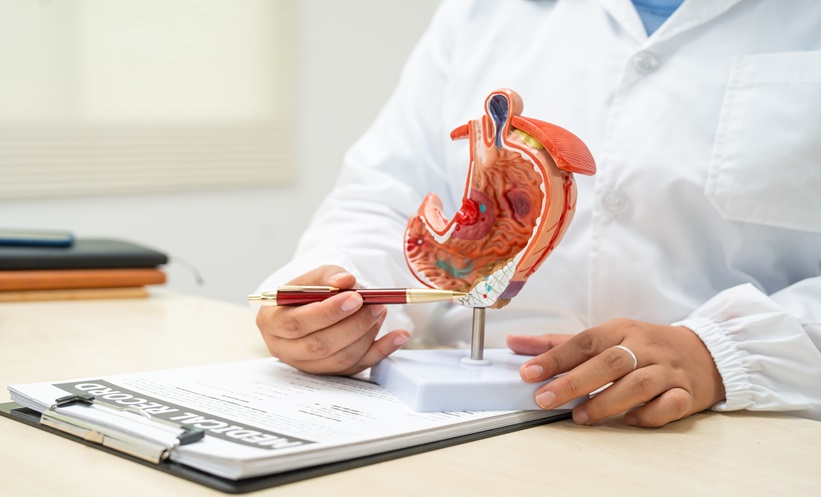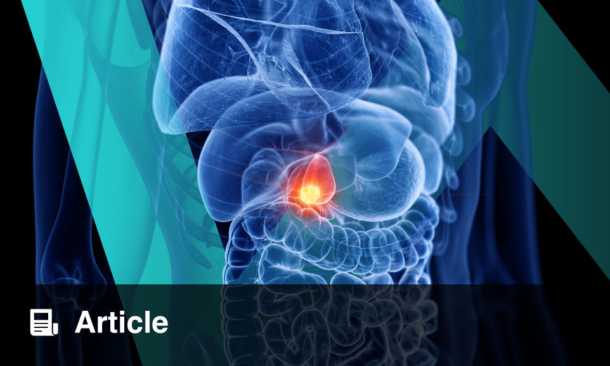GATEWAYS are being opened by advances in the treatment of gastro-oesophageal reflux disease (GERD) and for those with hiatal hernia. A novel approach described by Californian study has been coined concomitant transoral incisionless fundoplication (cTIF), and in a single session combines a laparoscopic hiatal hernia repair with TIF. This procedure involves endoscopic creation of an antireflux ‘Omega’ valve, showing promise by acting as a durable barrier to reflux and exhibiting fewer symptoms than that seen in traditional fundoplication.
Results were reported based upon cTIF in 60 patients, confirmed with GERD and hiatal hernias larger than 2 cm; 53% of the population was male, and mean age 59.3 years. The surgery was successful in all cases, and only one patient experienced complication through oesophageal mucosal tear; causing subsequent inflammation and disrupting TIF, attributed to excessive torquing of the TIF device. Followed over a 2-year period from 2018–2020, an assessment at 6 months presented significant improvement in patient symptoms; scores on the Reflux Disease Questionnaire dropped to one-third of baseline, to match the decrements observed with heartburn and GERD related gas bloating quality of life scores. Furthermore, proton pump inhibitor usage fell 69% to 29% of patients by 6 months, and lowered to 14% at 12 months. pH monitoring was also conducted in 5 patients, presenting a reduction in mean acid exposure time from 12.7% at baseline to 1.28%.
Researchers acknowledge that their study size was small, and results are limited by the fact only small portions of the overall population completed the questionnaires; 30% for reflux disease, 20% with reflux symptom, and 18% in GERD quality of life assessments. Requirement is clear for improved completion of these, combined with side effect examination in more patients, investigating long term durability. However, it is unclear how physicians will receive cTIF as patients still need surgery and because of the use of plastic fasteners rather than sutures.
A strength of cTIF is how it builds upon previous TIF by allowing patients with hiatal hernia to undergo endoscopic antireflux procedures where they previously were not compatible with this option. Hopes for the study findings are witnessed in Ninh Nguyen’s optimistic statement: “I think our new innovative approaches will change the way we perform antireflux surgery.” Since reporting, the study’s eligibility has been expanded to patients with hernias smaller than 2 cm. “[It offers the] potential of an elusive high-efficacy, lower side effect management strategy for GERD patients,” suggested Kyle Perry. Future study on larger population should test cTIF head-to-head with other fundoplication in randomised study, really scrutinising how well the omega valve can improve surgical outcomes.








